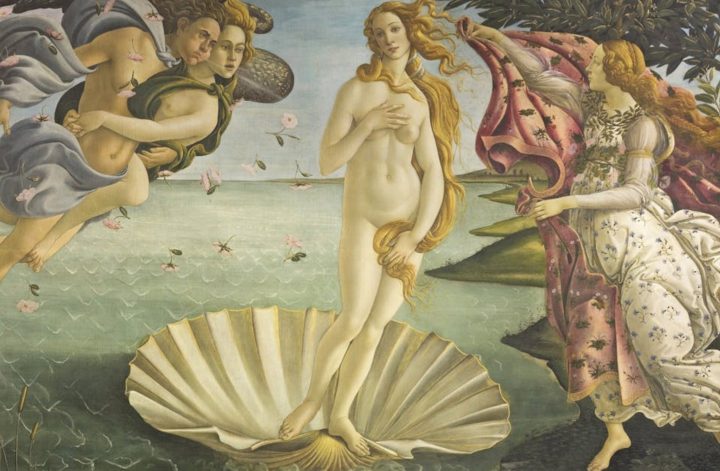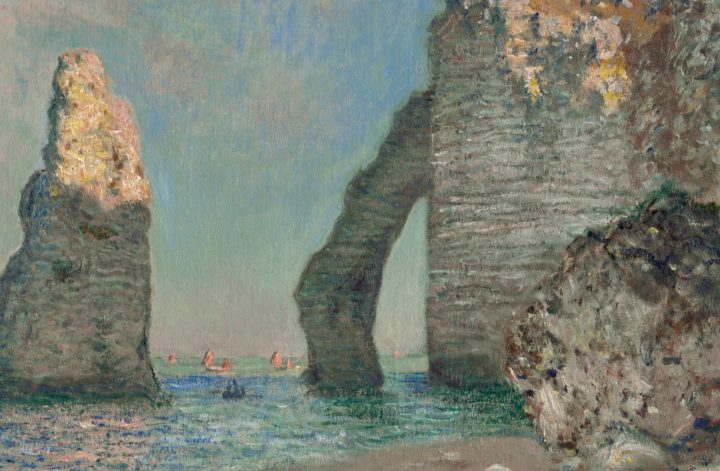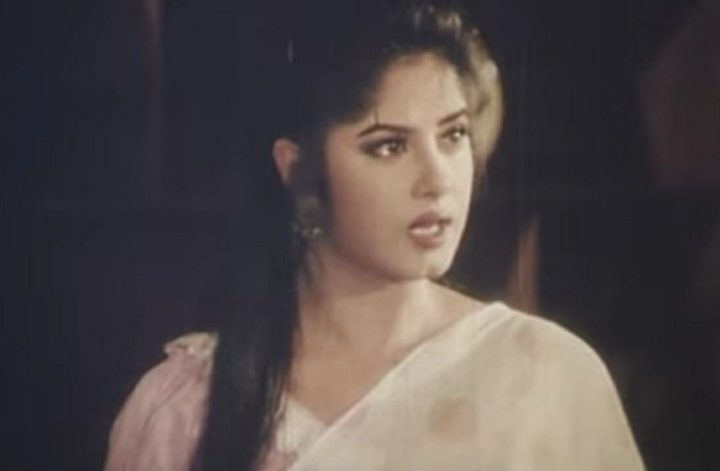By Naisha Patel & Mehreen Kabir
Written on: 23/06/2023
Last updated: 25/06/2023
We all believe that we understand what beauty is, what it looks like, the standards it pleases and appeals to. Incorrect? Maybe. Beauty is such a subjective matter that phrases such as “correct” and “incorrect” are almost meaningless to begin with. It is worth noting that this concept of beauty dates back countless centuries. Chinese philosopher, Kong Qiu stated, “Everyone has beauty, but not everyone can see it,” adding onto the idea of beauty being within the eye of the beholder. However many other ideologies challenge this, with Egyptian beauty standards consisting of a tall, slender brunette with a small chest, wide shoulders, a muscular body, narrow hips, and long legs. Almond-shaped eyes, straight nose, large lips were also considered as a beauty standard. These standards can be seen in Egyptian paintings and statues of the time.
Beauty standards are what primarily make up this ideology. Different cultures and people have a variety of views as to what beauty is. However, as different as they all are, they maintain one common element, known as a ‘beauty standard’ — a certain standard, as per what is considered beautiful. Button nose, larger nose, fuller lips, thinner lips, tan skin, pale skin are a few of the constantly varying factors in today’s standards around the globe. When a societal standard is set, we often see the need to fit it, leaving no room for personal views.
The makeup and cosmetic industry is a rather booming business nowadays, with women often being pressured from younger ages to indulge in such products. Looking at it in a positive light, makeup is a very common use of self-expression. However, it is unfortunate how some beauty products are marketed in a manner in which encourages women to purchase a certain item to “fix” a flaw or insecurity. Cosmetic brands have realized that the amount of profits they could be making off a lack of self-confidence triumphs the amount the could be making off promoting self-love. After all, people are much more likely to rush to buy something when they are told they cannot survive without it, rather than when they are told to use it as a way of self-expression for their natural beauty. In the USA, 41% of women between the ages of 30 to 59 years apply makeup every single day, and it is highly unlikely that all of them do it solely for self-expression.
There has been an uprise in body positivity and makeup tutorials as well as judgemental comments made on celebrities’ body types on social media, tabloids, magazine covers and the like. Both of these act as yet another provider for the cosmetic and makeup industry. Social media is a door for younger girls to see how makeup is utilised, in which, as mentioned above, can be a very positive form of self-expression. Unfortunately, it has the ability to be just as dangerous. Social media often presents our unreachable standard of beauty very heavily and within the hindsight of these young, vulnerable women and girls who believe it to be right form of promotion of diet culture, plastic surgeries, and many more. In this day and age, capitalism on beauty begins very subtly and early.
It cannot be denied that in the present day, these standards have the ability to negatively impact the physical and mental well-being of countless women, young and old. Oftentimes, many are affected psychologically with a distorted self-image, causing various psychological disorders such as body dysmorphia, eating disorders etc. As much as these disorders are psychological, the physical effects are very real. For example, the psychological effects of an eating disorder usually leads to malnutrition, which can cause various physical symptoms as such. Another culprit for physical disorders is cosmetic surgery — a thriving industry in the present day, it affects anyone from young men and women to elders.
A big reason for this is cultural ideals of beauty. In South Korea, many teenage girls begin with multiple cosmetic procedures from a very young age. This is largely accepted in society, to the point where many are often gifted surgeries such as “double eyelid surgery” as a graduation present. In the West, tan skin is seen as a symbol of beauty and status, as it implies that the person had money to go on summer holidays. A variety of influential people such as celebrities advertise and embody this standard, with most opting for some form of artificial tanning. Out of all the procedures, tanning beds are the most long-lasting, but also happen to be highly carcinogenic — with there being pushes for even banning tanning beds. However, the opposite occurs in the east. For example, many parts of Asia, more significantly south and southeast, see a paler, lighter skin tone as a symbol of beauty instead. This is caused by historical events. From centuries ago, those working labour jobs would often have to endure hours under the sun — thus giving them a darker tone. And through this, a darker tone was often associated with having a poor financial status, which is unfortunately still wired in the minds of many to this date. The pre-existing colourism in South Asia was taken advantage of by the colonizers, who prohibited dark-skinned British Indians from entering restaurants, offices etc, trapping them in a cycle of further poverty. This can associate itself with negative health impacts as well. Many skin whitening treatments and creams given to girls at a young age are believed to cause cancer, and neurological defects through high levels of toxic minerals such as lead.
There are countless other examples of the harmful effects caused by societal standards of beauty. Overall, considering the negative impacts of the idea of beauty, as well as beauty standards, is it truly in the eye of the beholder?
Bibliography
Bajwa, Marium Javaid, et al. “Colorism in the Indian Subcontinent-Insights through Situated Affectivity – Phenomenology and the Cognitive Sciences.” SpringerLink, 10 Mar. 2023, link.springer.com/article/10.1007/s11097-023-09901-6.
DeFino, Jessica. “How White Supremacy and Capitalism Influence Beauty Standards.” Teen Vogue, 19 Oct. 2020, www.teenvogue.com/story/standard-issues-white-supremacy-capitalism-influence-beauty
“How Tanning Beds Work.” California Tan | Calgary Indoor Tanning, 23 Nov. 2022, caltan.ca/tanning-beds/how-tanning-beds-work/#
“HZT4U.” Lah.elearningontario.ca, lah.elearningontario.ca/CMS/public/exported_courses/HZT4U/exported/HZT4UU05/HZT4UU05/HZT4UU05A01/_content.html#
“Indoor Tanning: The Risks of Ultraviolet Rays.” U.S. Food and Drug Administration, www.fda.gov/consumers/consumer-updates/indoor-tanning-risks-ultraviolet-rays. Accessed 24 June 2023.
Kunst, Alexander. “Makeup: Frequency of Use by Age U.S. 2017.” Statista, 20 Dec. 2019, www.statista.com/statistics/713178/makeup-use-frequency-by-age/.
Mashava, Gugulethu. “The Rise in Surgery within South Korea’s Teenagers.” Medium, 24 Mar. 2020, https://medium.com/@gugumashava/the-rise-in-surgery-within-south-koreas-teenagers-cc435efbb4c2
Povey, Kate. “Beauty Standards” on Manifold at the University of Washington.” University of Washington, 2021, https://uw.manifoldapp.org/read/beauty-standards/section/cff23c1e-aced-4e24-b14e-25a2728170d3
Selezneva, Maryana. “Don’t Strive to Be Perfect: Why Beauty Standards Are Meaningless.” HSE Illuminated , spb.hse.ru/soc/illuminated/news/450412934.html#:~:text=The%20ideal%20of%20beauty%20in,skin%20without%20a%20single%20hair. Accessed 17 Aug. 2023.
Segun Garuba-Okelarin. “What Is Beauty? And What’s Your Definition of Your Beauty?” HuffPost UK, HuffPost UK, 2 May 2016, www.huffingtonpost.co.uk/segun-garubaokelarin/what-is-beauty-_b_9820142.html
“Skin Lightening.” NHS Choices, www.nhs.uk/conditions/cosmetic-procedures/non-surgical-cosmetic-procedures/skin-lightening/. Accessed 24 June 2023.
Woodbury, Susannah, and Parkhurst, Emma. “How Body Image Affects Mental Health.” Extension.usu.edu, Utah state university, 15 Nov. 2021, https://extension.usu.edu/mentalhealth/articles/how-body-image-affects-mental-health
The Cover image: The Birth of Venus, Painting by Sandro Botticelli




1 Comment
Interesting read!